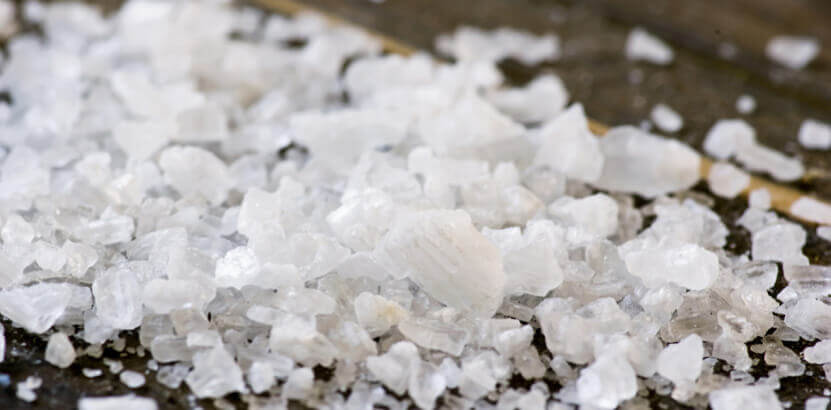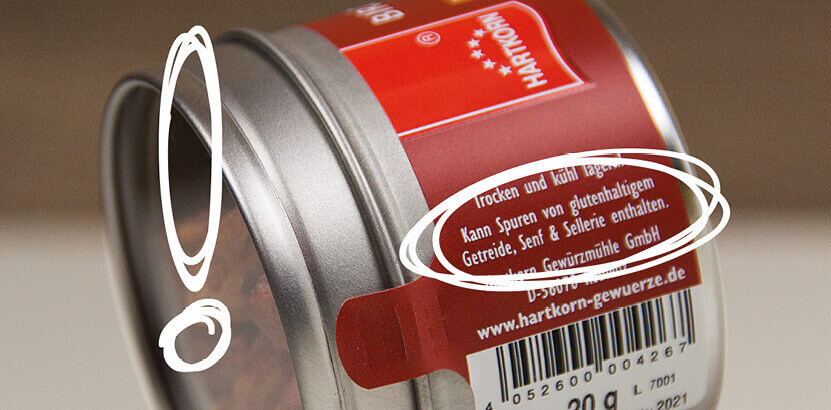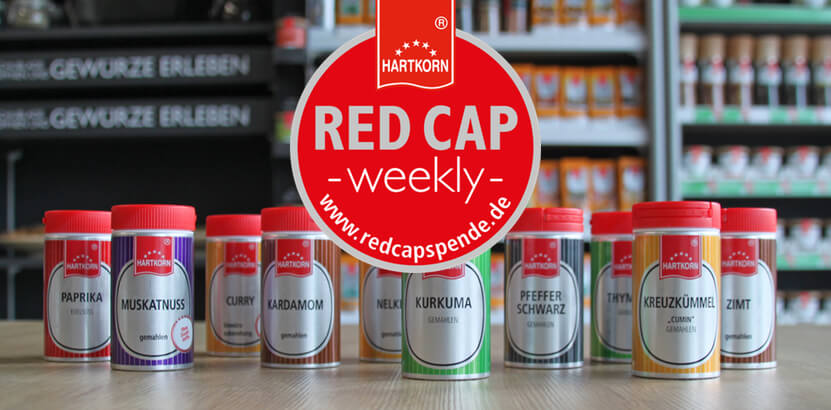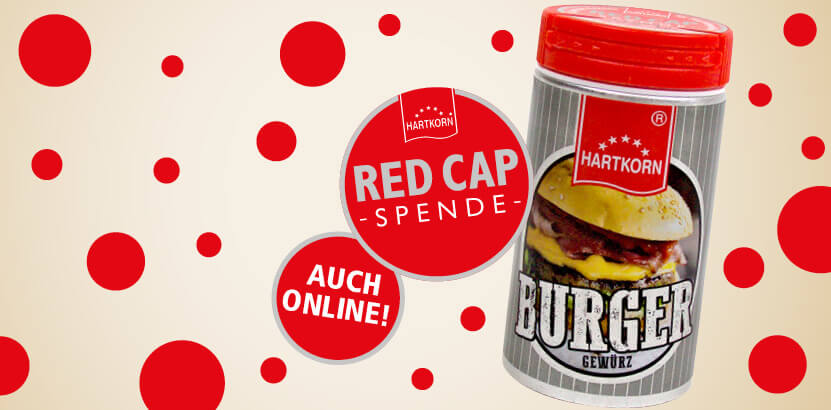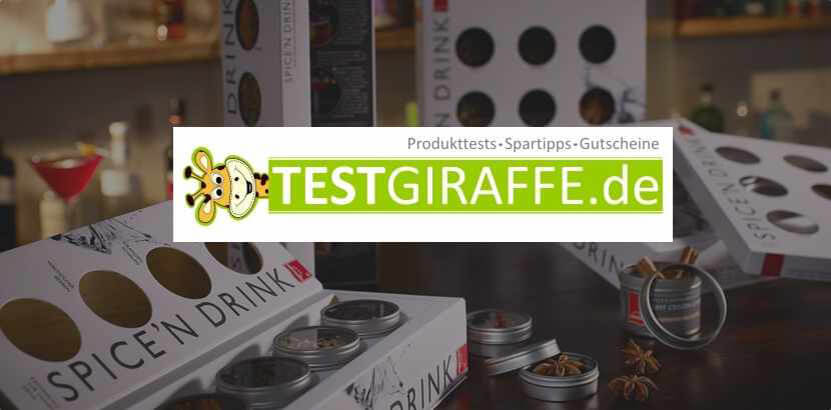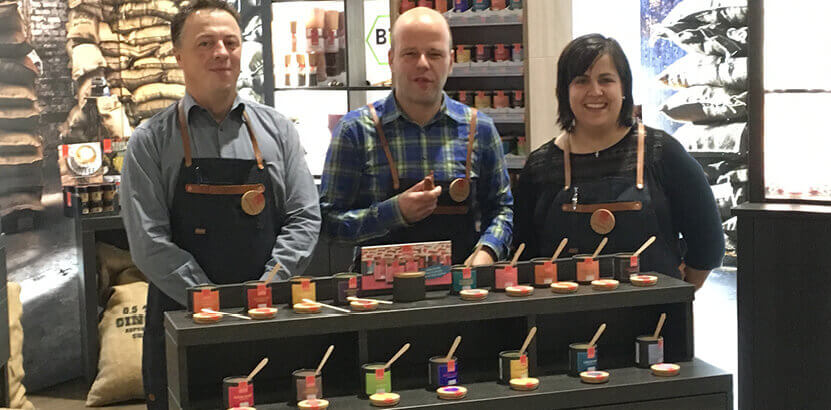It is the “Queen of Salts” and is one of the finest types of salt in the world: the Fleur de Sel (German: salt flower). The extraction is unlikely to be complex, so that the salt is significantly more expensive than conventional sea salt. The salt farmers in the west of France initially let sea water flow into small salt gardens before the water starts to evaporate due to the sun’s rays and the salt concentration increases increasingly. If there is sufficient solar radiation, small salt flowers form on the water surface, which can then be skimmed off by the salt farmers with a wooden trowel. The salt has its extraordinary structure from the crystals of different sizes from which the salt is formed. The entire process of salt extraction is done entirely by hand!
In the past few months, however, the valuable salt has been discredited because, among other things, the NDR reported on the discovery of microplastics in Fleur de Sel. Microplastics? Microplastics are plastic residues that are smaller than 5 mm and larger than 0.1 micrometer. So damn small and imperceptible to the senses, but how exactly does plastic get into the salt?
According to various sources, several million tons of plastic sadly end up in our oceans every year. However, this not only harms the flora and fauna, but also us, because the plastic ultimately ends up on our plate again. Shredding creates plastic, which is washed into the salt gardens with the sea water. Here, the microplastics float on the water surface due to their low density and can thus be skimmed off during the salt skimming.
Smaller amounts of plastic have already been detected in the cheaper, conventional sea salt. This can probably be traced back to its extraction, since sea salt is obtained by evaporation of all water and is not skimmed off from the water surface.
Despite these proven residues, there is no statutory guideline or limit for the content of plastic particles. There is also no accredited method for analyzing the plastic content, but it is simply a “self-made procedure” that has not been verified and therefore does not allow a reliable assessment.
Many of you are now wondering what effects the discovery of microplastics has on our health and what the future looks like. To answer these questions we once again brought our expert Bernd Grajewski on board.
Q: So Bernd, now explain to us: What are the consequences of microplastics for health?
A: Unfortunately, I cannot say anything more precise about this at the moment! It is clear that plastic has no place in our food, but no toxicological assessment is currently possible because there is no reliable data available.
Q: What can you expect in the future?
A: Due to the unchecked entry of plastic into the environment, the problem is expected to worsen. In particular food from the sea that is absorbed in large quantities, e.g. Fish, seafood (shrimps, crabs, mussels etc.) and plant foods such as seaweed / seaweed will lead to an increasing intake of microplastics. We don’t want to talk about whale meat (Iceland, Greenland, Norway, Japan) and sharks (Schillerlocke, dorsal fin) at this point.
Let’s be honest – how much fleur de sel do we use? The noble salt is not used for cooking, but only as a finishing salt for the prepared dishes. This is an amount that is very small compared to other foods we consume from the sea.

